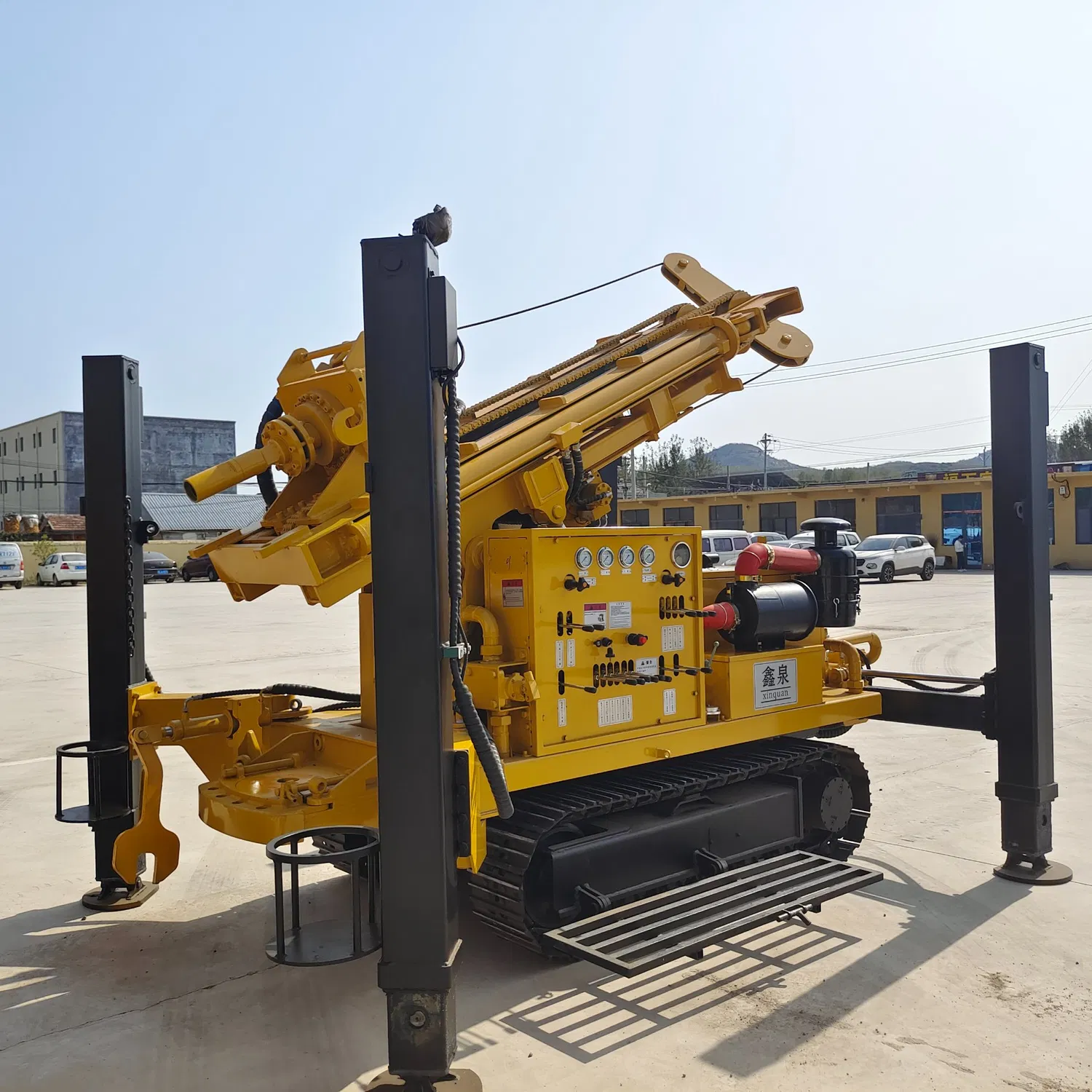Core Components of Industrial Cooling Systems in Water Well Drilling Rig
The industrial cooling system of a water well drilling rig relies on multiple parts. They work together to absorb, transfer and release heat.
-
Radiators: These are core for heat dissipation. They come as air-cooled (finned) or liquid-cooled (tubular). Engine radiators often use copper-aluminum structures for good heat transfer. Hydraulic oil radiators use stainless steel, resisting high pressure and corrosion. For example, one rig’s engine radiator has 2㎡ area. It dissipates 50kW per minute, fitting 200-horsepower needs.
-
Fans and water pumps: Fans force air through radiators, speeding up heat release. They can be mechanically or electrically driven. Electric fans start via temperature switches, saving energy with low noise. Water pumps power coolant circulation, usually belt-driven by engines. Good pumps reach 5-8m head and 10-20L/min flow. A diesel pump failure once spiked engine temp over 100℃ in 10 minutes.
-
Thermostats and coolants: Thermostats control coolant flow. They block radiators when cold, letting temps rise fast. They open at working temps for dynamic control. Most engine thermostats open at 82℃, cutting idle time. Coolants include water, antifreeze and hydraulic oil. Antifreeze works from -30℃ to over 100℃, fitting extreme conditions.
All parts must match well. A water well drilling rig once saw 25% lower efficiency due to mismatched radiators and fans. New, fitting parts fixed this.

 Bangxin бұрғылау қондырғысы
Bangxin бұрғылау қондырғысы